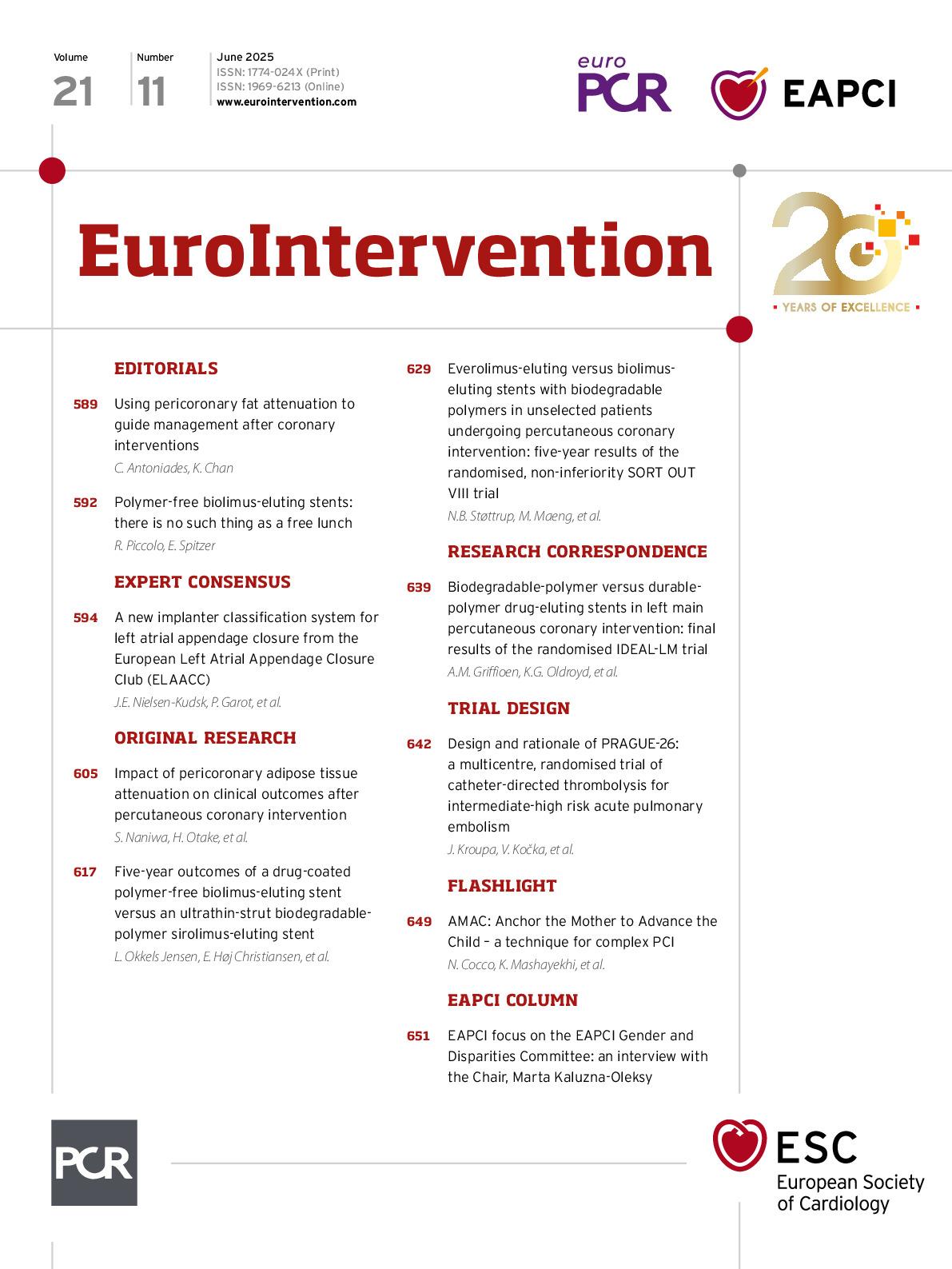Coronary stents have revolutionised the treatment of coronary artery disease through three major technological advancements, each addressing a critical challenge. Initially, early iterations focused on improving safety by preventing abrupt vessel closure and reducing the need for emergency surgery. Subsequently, the emphasis shifted to improving efficacy by mitigating restenosis. Finally, efforts centred on optimising long-term safety, particularly by reducing the risk of stent thrombosis. Unlike the rapid evolution of transcatheter heart valves, which progressed at an unprecedented pace, advancements in coronary stent technology unfolded over three decades. This prolonged development, marked by inevitable setbacks, may explain why the impact of drug-eluting stents (DES) appears to have been underappreciated within interventional cardiology. Now, a decade after European guidelines endorsed new-generation DES for all patients undergoing percutaneous coronary intervention (PCI), regardless of clinical context or lesion complexity, the landscape continues to evolve. The new-generation DES family has branched into three major categories: permanent (or durable)-polymer DES, biodegradable-polymer DES, and polymer-free DES. The latter two emerged in response to concerns about permanent polymers, particularly their potential to induce local vascular inflammation. While these...
Sign up for free!
Join us for free and access thousands of articles from EuroIntervention, as well as presentations, videos, cases from PCRonline.com

